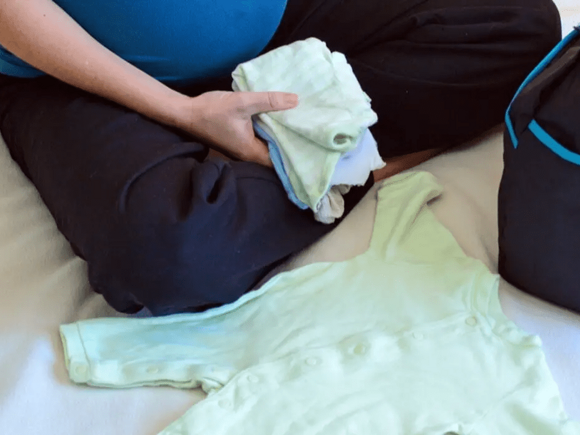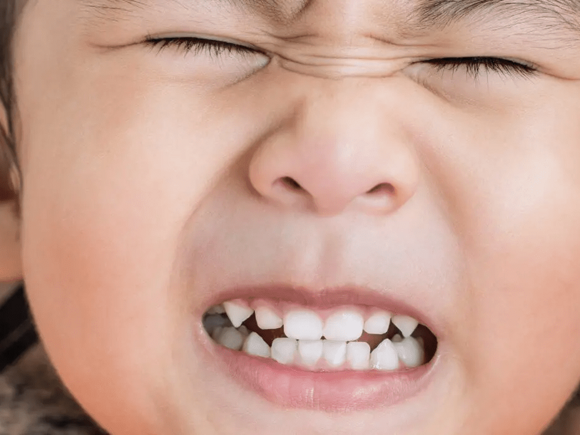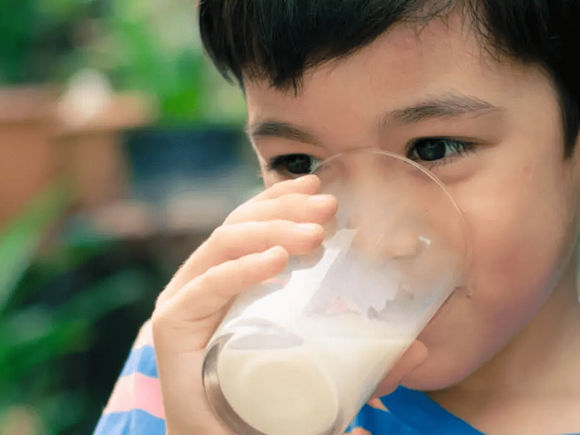Your child awakens in the middle of the night crying inconsolably. He feels hot to the touch, and your maternal instinct tells you to worry. Should you call a doctor? Should your child be rushed to the hospital? Here are some helpful information on fevers from Nurture Network developmental pediatrician, Dr. Joselyn Eusebio.
What are the temperatures that constitute a fever?
Fever usually is defined as a core body (rectal) temperature ≥ 38.0° C (100.4° F). “As a general rule, in children a temperature of over 37.5C (99.5F) is a fever,” Dr. Eusebio states.
What are the common causes of child fevers?
Acute fevers in infants and children are usually caused by an infection. According to the doctor, common conditions that can cause fevers include:
- upper respiratory tract infections (RTIs)
- flu
- ear infections
- roseola
- tonsillitis
- kidney or urinary tract infections (UTIs)
- common childhood illnesses, such as chickenpox and whooping cough
- post - vaccination
- environmental e.g. overheat because of too much bedding or clothing.
How do I handle a fever?
Taking care of infants and toddlers with fever is based on the age groups. For example: Neonates and young infants should be hospitalized with intravenous antibiotics pending results of laboratory tests and cultures.
For the most part, treatment should be individualized based on risk factors and the doctor’s advice. The primary goal for the remedy of fever using antipyretics, such as paracetamol and ibuprofen, is to improve the child’s overall comfort.
When is a fever most likely serious?
Dr. Eusebio gave a few warning signs that parents should be aware of when it comes to fevers. These are:
- Any fever in infants less than 2 months old
- Lethargy or listlessness
- Ill appearance
- Difficulty breathing
- Bleeding in the skin, appearing as tiny reddish purple dots (petechiae) or splotches (purpura)
- Continuous crying in an infant or toddler (inconsolability)
- Headache, neck stiffness, confusion, or a combination in an older child
How do I know when I need to contact a doctor?
A doctor should evaluate children with fever right away if they have any warning signs, or they are less than 2 months old. Children without warning signs who are between 3 months and 36 months old should be seen by the doctor for the following:
- If the fever is 39° C (102.2° F) or higher
- If there is no obvious upper respiratory infection (that is, children are sneezing and have a runny nose and nasal congestion)
- If the fever has continued for more than 5 days.
For children without warning signs who are over 36 months old, the need for and timing of a doctor's evaluation depend on the child's symptoms. The doctor should see children over 36 months of age with fever lasting more than 5 days.
Reference
- Dr. Joselyn Eusebio - Developmental Pediatrician
- NHS, UK: Page last reviewed: 18/03/2015
- Byington CL, Enriquez FR, Hoff C, et al. Serious bacterial infections in febrile infants 1 to 90 days old with and without viral infections. Pediatrics. 2004 Jun. 113(6):1662-6. [Medline].
- Fever and Antipyretic Use in Children. Pediatrics March 2011, VOLUME 127 / ISSUE 3. From the American Academy of Pediatrics. Clinical Report
- MERCK MANUAL
A Victim of Mom Shaming? How to Handle It With Class by Lei Dimarucut-Sison, Source: https://www.smartparenting.com.ph/parenting/real-parenting/how-to-handle-mom-shaming-with-class-a00061-20190524
5 Types of Mom-Shaming—and How to Shut Them Down by Charlotte Hilton Andersen, Source: https://www.rd.com/advice/parenting/mom-shaming





























